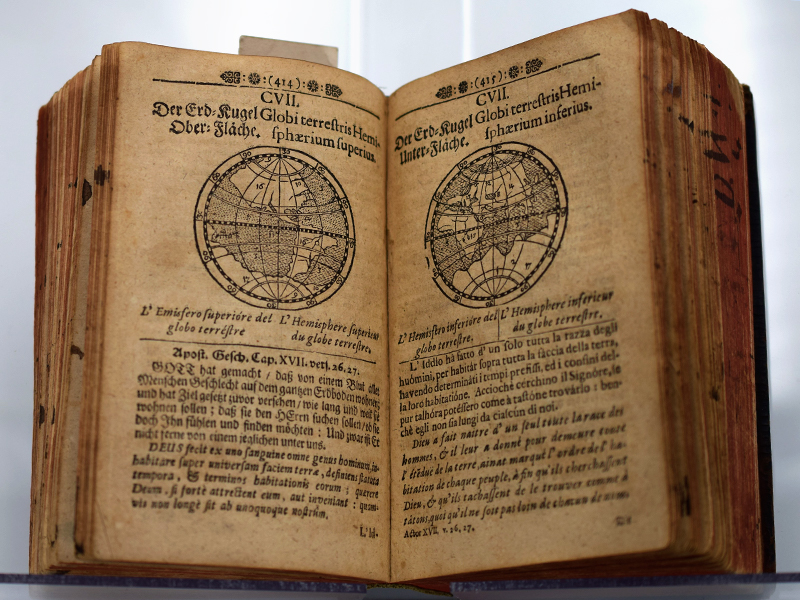In the framework of the Sustainability Week, we welcome elementary and secondary school groups to visit the ELTE University Library and Archives for green library presentations.
Restoration workshop on sustainability
Our conservator will give you a taste of paper-casting and bookbinding techniques. Learn about the process of book disinfection and old bookbinding techniques. The aim of the restoration work is to preserve the historical and aesthetic value of our museum collection, using natural materials, and to extend its life by means of various restoration procedures and preventive conservation techniques.
Dates:
8 April 2025, 10.00–11.00
8 April 2025, 14.00–15.00
9 April 2025, 10.00–11.00
9 April 2025, 14.00–15.00
10 April 2025, 10.00–11.00
10 April 2025, 14.00–15.00
16 April 2025, 10.00–11.00
Library history guided tours
Library tours provide information about the history of the ELTE University Library and Archives. The library palace, designed by Antal Szkalnitzky, was built using state-of-the-art ventilation, heating and lighting solutions of the 19th century. The library tour includes sgraffiti in the colonnade of the lobby, female figures of science and art in the main hall, and a portrait of Mór Than by the middle-aged Franz Joseph. Visitors can tour the rooms of the former Director General's residence, admire the reconstruction of the László Perczel globe and visit our Historical Warehouse, which is open to the public on special occasions. The tour will also highlight the library's AI-enabled services and good practices in the field of sustainability.
Dates:
8 April 2025, 11.00–11.45
8 April 2025, 15.00–15.45
9 April 2025, 11.00–11.45
9 April 2025, 15.00–15.45
10 April 2025, 11.00–11.45
10 April 2025, 15.00–15.45
16 April 2025, 11.00–11.45
Sustainable development and libraries
Our Green Library Quiz reveals what a library can do to achieve the sustainable development goals.
Dates:
8 April 2025, 11.45–12.00
8 April 2025,15.45–16.00
9 April 2025, 11.45–12.00
9 April 2025,15.45–16.00
10 April 2025,11.45–12.00
10 April 2025, 15.45–16.00
16 April 2025,11.45–12.00
More details are available on the Sustainability Week website.
All visitors are welcome!




